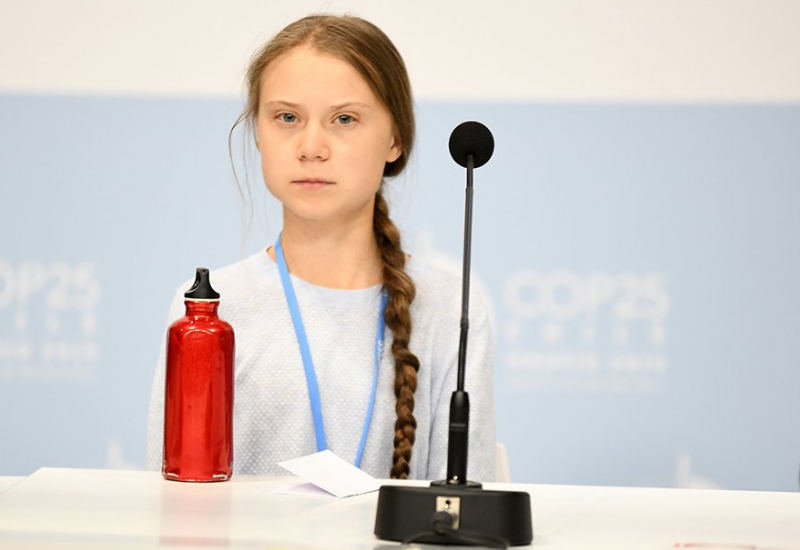|
|
TODAY.AZ / World news
Japan plans to release 54.6 tons of water from Fukushima in 2024
28 January 2024 [20:10] - TODAY.AZ

Japan’s Tokyo Electric Power (TEPCO) company plans to discharge 54.6 tons of purified wastewater from its crippled Fukushima nuclear power plant (NPP) in fiscal year 2024 (from April 1 2024 to March 31, 2025), Azernews reports citing Kyodonews.
The water will be divided into seven portions, the agency said.
Besides, TEPCO decided to postpone the extraction of melted nuclear core’s fragments until October.
In March 2011, a tsunami knocked out power and cooling facilities at the Fukushima NPP, leading to a nuclear meltdown in three reactors, the destruction of their vessels, explosions and the release of large amounts of radioactive material. To date, the plant and surrounding areas have been almost completely cleaned up. However, the water that is constantly poured into the destroyed reactors to cool down nuclear fuel fragments flows out through gaps highly contaminated with radioactive particles.
There are currently over 1.34 mln tons of water at the NPP. That said, the Japanese government decided to gradually treat and then discharge this water into the sea. The process, which is expected to take 30 to 40 years, caused tensions with a number of countries, namely China, despite being approved by the International Atomic Energy Agency (IAEA).
The water is treated through the Advanced Liquid Processing System (ALPS) and is also diluted with seawater but still contains tritium that cannot be removed. The maximum allowable concentration of tritium is 1,500 becquerels per liter, and the measurements that the Japanese officials and IAEA experts take in the ocean confirm that the treated water meets these parameters.
URL: http://www.today.az/news/regions/244109.html
 Print version
Print version
Connect with us. Get latest news and updates.
See Also
- 16 November 2024 [23:20]
World's largest coral reef discovered in Pacific Ocean - 16 November 2024 [22:40]
Air pollution may be major environmental risk factor for autism - 16 November 2024 [22:05]
Seoul says that North Korea interferes with GPS signals in larger area - 16 November 2024 [21:35]
Number of Starship launches could reach four hundred under Trump - 16 November 2024 [20:59]
India sends satellite into space with help of American SpaceX - 16 November 2024 [20:30]
USA, South Korea & Japan strengthen their missile defense capabilities - 16 November 2024 [19:25]
Vienna's solar balcony stations booming thanks to falling prices - 16 November 2024 [08:00]
US and Britain extended treaty on use of atomic energy for defense purposes - 15 November 2024 [23:30]
United States deploys naval reconnaissance aircraft in Scotland - 15 November 2024 [22:27]
Schumacher's latest car is up for auction
Most Popular
 Provocateur Le Pen go to jail
Provocateur Le Pen go to jail
 Who uses Greta Thunberg and how?
Who uses Greta Thunberg and how?
 Macron received a slap in the face from the Vatican
Macron received a slap in the face from the Vatican
 Macron Stung by President Ilham Aliyev's Truth: French Minister Ordered to Skip Baku Visit
Macron Stung by President Ilham Aliyev's Truth: French Minister Ordered to Skip Baku Visit
 Baku made Paris panic. What was Macron afraid of?
Baku made Paris panic. What was Macron afraid of?
 Climate Platform for business, investment & philanthropy launched within COP29
Climate Platform for business, investment & philanthropy launched within COP29
 Azerbaijan’s COP29 presidency sets precedent with focus on amplifying voices of vulnerable nations
Azerbaijan’s COP29 presidency sets precedent with focus on amplifying voices of vulnerable nations
